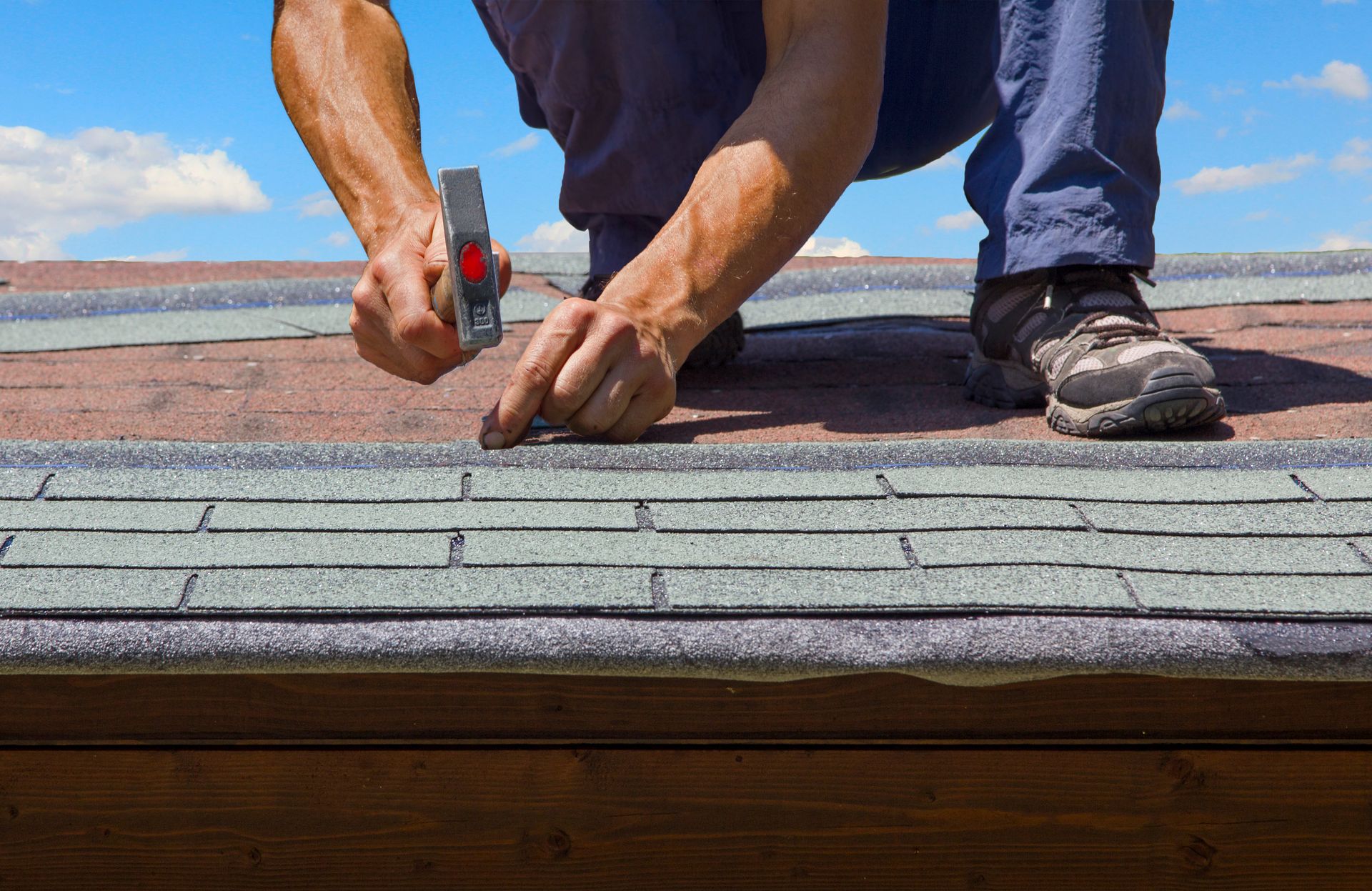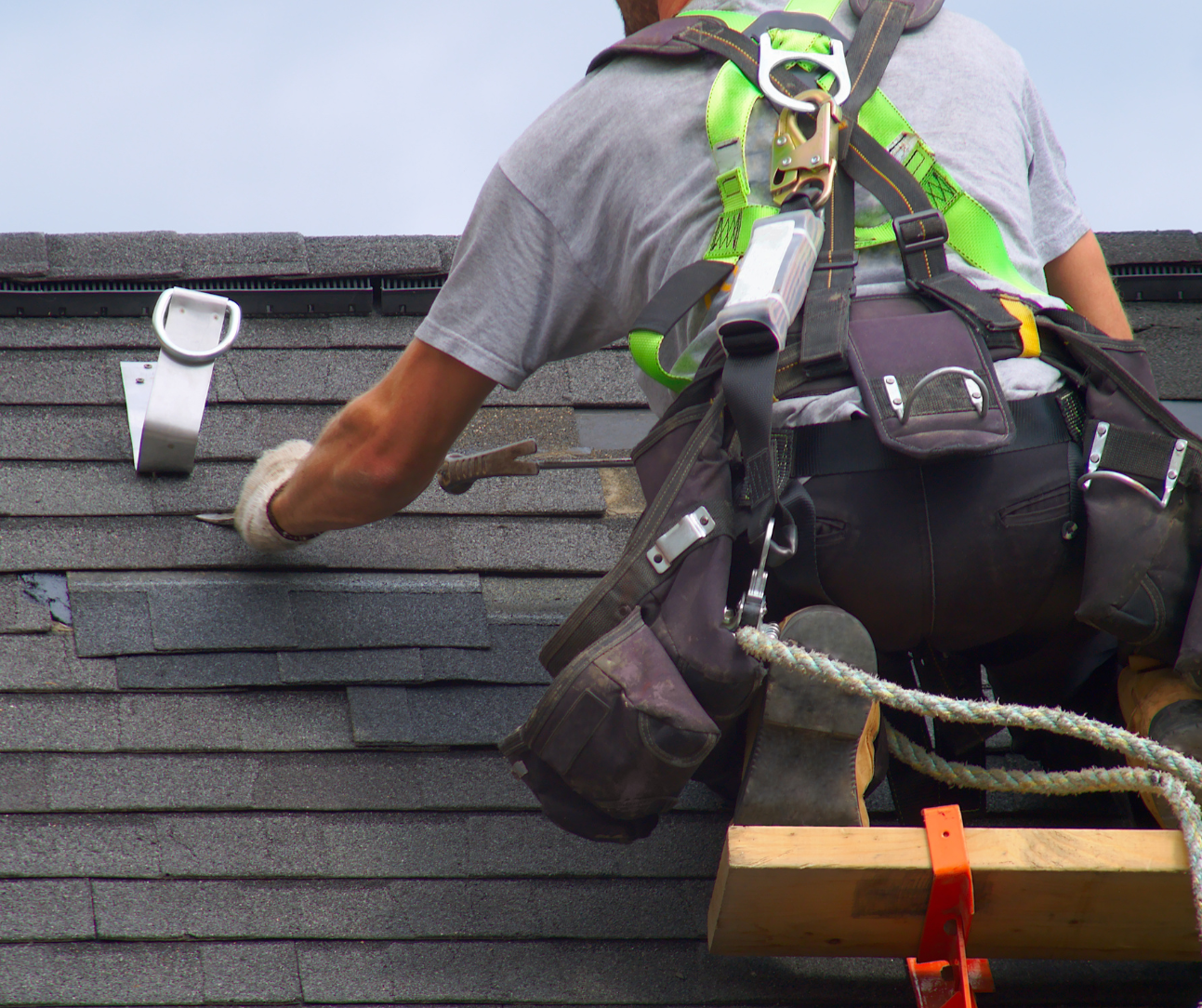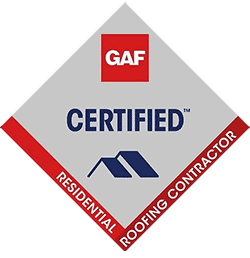How To Extend The Life of Your Roof
A roof is a significant investment for any homeowner. Not only does it protect from the elements, but it also adds curb appeal and value to your home. Given its importance, it’s no wonder that many homeowners are interested in prolonging the life of their roofs. Here are a few tips from Alco Roofing on how to extend the life of your current roof.
Clean your roof at least twice a year to remove any dirt, debris, or leaves.
Alco Roofing Services in Georgetown, TX, recommends that you have your roof cleaned at least twice a year - once in the spring (March-May) and once in the fall (September- November). This will help to remove any dirt, debris, or leaves that have accumulated over the year and prevent them from causing damage to your roof. In addition, a good roof cleaning will also help to prolong the life of your roof by removing any moss or algae that can cause it to deteriorate.
Repair any broken or missing shingles or materials as soon as possible.
One of the most important parts of maintaining a healthy home is keeping your roof in good condition. Any damage can lead to serious problems. Replace missing shingles and make sure your roof is secure. Don't wait until your roof starts leaking to get it fixed. For metal roofs, making sure that screws are in place and secured is important to avoid any leaks or larger problems
Install a roof coating to protect your roof from the sun's UV rays.
If you live in a sunny climate, like Georgetown, Texas, then you know how important it is to protect your roof from the sun's UV rays. Over time, the sun's rays can cause the roofing material to break down, resulting in leaks and other damage. A roof coating is a specialized material that helps to reflect the sun's rays, keeping your roof cooler and preventing damage.
Inspect your roof for damage after major storms or excessive heat.
Roof damage is one of the most common problems faced by homeowners after a major storm. High winds can loosen or break shingles, excessive heat can cause drying and cracks, and heavy rains can lead to leaks and other problems. If your roof has been damaged, it's important to have it inspected by a professional as soon as possible. In some cases, minor damage can be repaired, while more significant damage may require a complete roof replacement. Regardless of the extent of the damage, it's important to have your roof inspected after a storm to ensure that your home is safe and protected.
Trim back any trees or branches that are too close to your roof
Overhanging tree branches can be a real nuisance, especially when they start to scrape against your roof. Not only is this a potential source of roof damage, but it can also lead to blocked gutters and leaf buildup on your roof. To protect your roof, it's important to trim back any branches that are too close. This may require the use of a ladder or other roofing services, but it's worth it to keep your roof in good condition.
Taking care of your roof is an important part of being a homeowner. By following these simple tips, you can extend the life of your roof and avoid costly repairs. Be sure to have your roof inspected regularly by a professional roofer to ensure that it is in good condition and address any problems as soon as they arise. With proper care, your roof will provide years of protection for your home.
If you are wanting to inquire about roofing services to know the status of your roof or if there is suspected damage, you can call Alco Roofing, in Georgetown, Texas! In addition to a free inspection, we are happy to consult with you and provide you with the information, resources, and advice to get your roof in tip-top shape for years to come!
Contact us today to schedule your inspection.






